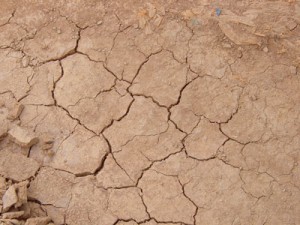
Ecological Benefits of Turfgrass
Why should the people of Sacramento maintain their lawns as long as possible? Not only is sod excellent erosion control during the rainy season, it offers year-long benefits to California residents. Ecological benefits of turfgrass include:
- Reduced storm runoff and protection of the potable water supply
- Capturing and filtering of fresh precipitation
- Limited energy waste through natural cooling of homes and businesses
- Lessened impact of future droughts by producing more oxygen, suppressing dust, filtering pollution, and providing a fire barrier
How to Conserve Water
Letting the landscape die isn’t the answer during a drought. Increased awareness of water consumption is. Sacramento residents and business owners should educate themselves on water conservation and healthy lawn care practices. While grass needs water to survive, healthy grass can survive long periods of dormancy, and even burrow its roots to reach water hidden deep within the soil. The best way to prepare for a drought is not to ignore city water restrictions, but to establish a healthy lawn while water is still readily available. To help your sod survive a drought:
- Water slowly and deeply (when restrictions allow) to guarantee optimal absorption and deep root growth. Water early in the day to limit evaporation.
- Don’t fertilize. Fertilization encourages growth, which saps water and energy from your grass and pulls nutrients from the roots to the leaf. If the ground is dry, maintain your grass instead of encouraging new growth.
- Reduce moisture loss by mowing less frequently.
Want to learn more about drought, water conservation, and grass lawns? Call Bell Sod and Hydroseed in Sacramento.